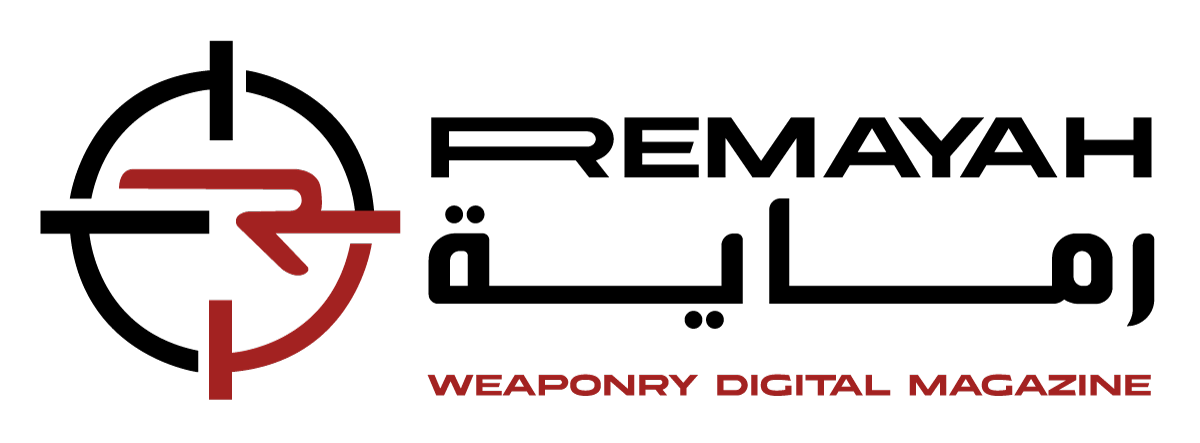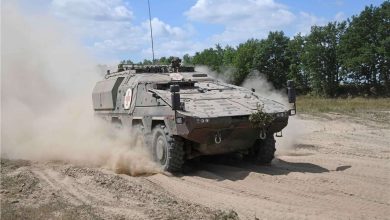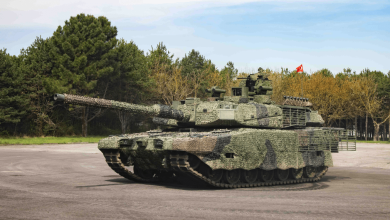
Veterans at Raytheon Technologies: Crafting Excellence through Experience
Military veterans are integral to the ethos at Raytheon Technologies. One might even argue they’re woven into the very fabric of the company’s innovations and services.
Across our four divisions, former soldiers, sailors, aircrew, and marines – including those who continue to serve as reservists – are actively engaged in production facilities, traveling to testing grounds, and integrating within military bases globally, leveraging their distinct experiences while collaborating with teammates towards a unified objective: to engineer the technology that clients depend on to fulfill their missions.
Here are several ways in which the 17,000 military veterans at Raytheon Technologies enhance every facet of our operations, from engineering and design through to testing, deployment, and maintenance.
Veterans help us envision beyond theoretical frameworks
The engineering methodology is designed to fulfill technical demands and criteria. Veterans contribute by introducing what’s known as conops – concept of operations, a military term that emphasizes viewing a system from the users’ perspective.
“(Engineers) are focused on equations and numerical data, using pencil and paper,” remarked Brooks “Finch” Cleveland, a former U.S. Navy pilot currently serving as an aviation advisor at Raytheon Intelligence & Space. “We come in and say, ‘That’s amazing, now let me throw a wrench in it.’”
Take for instance: The system Cleveland works with most closely – JPALS, or the Joint Precision Approach and Landing System. It began as a tool for landing fighter jets on aircraft carriers in challenging flight conditions. Now, it’s being adapted to assist pilots in landing almost anywhere across the globe.
For Cleveland, who piloted F-18s in the Navy, conceptualizing conops entails creating scenarios like landing amid mountains where GPS satellite visibility is limited or having to rapidly deploy and relocate the system to evade a counter strike.
“We introduce variables that the real world presents,” he said. “We provide them with all these imaginative concepts, and they somehow manage to turn it into reality.”
Veterans excel in communicating with military clientele
A profound understanding of conops extends beyond crafting superior products. It can also aid in demonstrating to military clientele how they’ll gain benefits – clearly, directly, and in their own terminology.
“Instead of saying ‘it has this many microns, and its range is this, with wires and washers and all those technical aspects, I create a tactical vignette,” explained Tommy Boccardi, a retired U.S. Army Ranger who currently works at Raytheon Missiles & Defense. “The advantage of doing this is they can swiftly visualize its application within the organization.”
Another crucial aspect of his role is listening. Boccardi did just that with a group of soldiers who met him at a testing range to trial the new command launch unit for the Javelin Weapon System, an anti-tank guided munition. Over their typical breakfast of Doritos and energy drinks, and after an excited initial reaction, Boccardi asked them: What do we need to improve?
“Sir, you need to adjust the zoom,” Boccardi recollects them stating, referring to the controls for the weapon’s optics. “In and out has to be up and down. Just like a game controller. Just like you’re playing Xbox – up is always zoom in, down is zoom out. It’s intuitive.”
Boccardi documented it in his report. It was a simple adjustment, and the team implemented it promptly.
Veterans are outstanding strategists
Military strategic planning revolves around the mission. Regardless of circumstances, the mission takes precedence. This helps identify what holds the utmost significance, or “mission critical,” which then informs what requires maximum protection and what should be prioritized for rapid recovery when issues arise.
Hence, it’s evident how that mindset proves advantageous across various business functions, from security to logistics to operational management. That’s how Kim Payne, a U.S. Army veteran, now shapes her career at Collins Aerospace, where she oversees business resilience.
A facet of her responsibilities includes preparing business sites for diverse emergencies – wildfires, hurricanes, and pandemics have recently consumed much of her time – and ensuring they can continue their operations seamlessly, even when external conditions are far from stable.
“We always have to be ready in the military for any possible occurrences,” said Payne, who served three years in the Army and was among the last members of the Women’s Army Corps in the late 1970s. “A geopolitical threat, a manmade disaster – whatever it may be. It equipped me with the strategic mindset required to ensure business continuity.”
Veterans foster a morale-enhancing atmosphere
Amanda Jones enthusiastically advocates the phrase “adapt and overcome.”
Anyone who has served in the Marine Corps understands the origins of that phrase, so it comes as no surprise that Jones embodies these values. She served as an aviation supply analyst in the military, and today, she is a materials analyst at Pratt & Whitney, a division of Raytheon Technologies.
“Whenever we faced a hurdle, or when things didn’t unfold as intended, we would assert, ‘Adapt and overcome, Marine!’ she mentioned. “This served as a reminder that no matter what challenge arises, there’s always a way forward. You simply need to remain motivated and resolute, and you will achieve your objectives.”
Interestingly, this advice translates well into the business landscape too.
“Whenever there’s been a reorganization, or another significant transition within the organization,” she said, “I just recall: adapt and overcome, and focus on the path ahead.”






